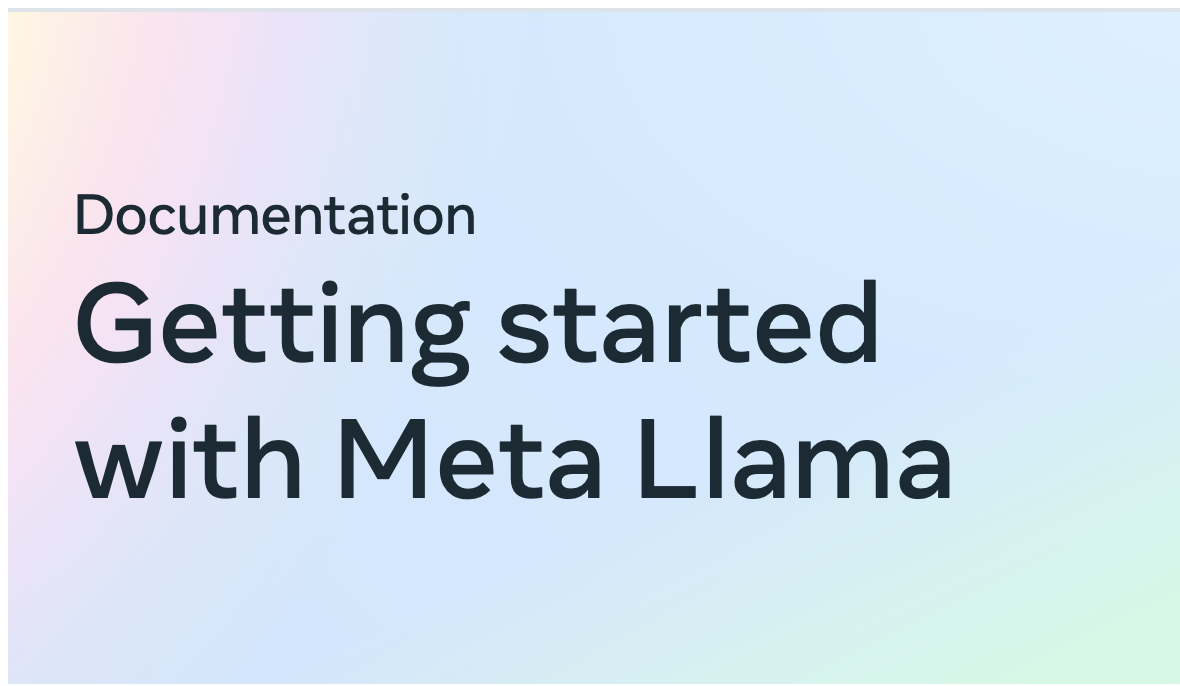In the realm of artificial intelligence, few models have garnered as much attention as LLama, Meta’s flagship language model. Since its inception, LLama has undergone significant transformations, refining its capabilities and expanding its applications.
In this article, we’ll delve into the history of LLama, exploring its development, characteristics, and usage. Buckle up for a comprehensive journey through the evolution of LLama, from its humble beginnings to its current incarnation.
The Genesis of LLama
LLama’s story began in 2020, when Meta (then Facebook) announced its foray into the world of natural language processing (NLP). The initial version, LLama 1.0, was designed to tackle the challenges of conversational AI. This pioneering model was trained on a massive dataset of text from the internet, with the goal of generating human-like responses to user input.
LLama 1: The First Generation
The inaugural version of LLama boasted several key features:
- Conversational capabilities: LLama 1.0 was trained to engage in natural-sounding conversations, using context and understanding to respond to user queries.
- Language understanding: The model demonstrated a basic comprehension of language, allowing it to recognize entities, intent, and sentiment.
- Text generation: LLama 1.0 could generate coherent, context-specific text, making it suitable for chatbots, virtual assistants, and other applications.
While LLama 1.0 showed promise, it had its limitations. The model struggled with nuance, often producing responses that felt stilted or lacked emotional intelligence.

LLama 2: The Next Generation
In response to the limitations of its predecessor, Meta released LLama 2 in 2021. This updated version introduced significant improvements:
- Enhanced language understanding: LLama 2.0 demonstrated a deeper comprehension of language, including idioms, figurative language, and subtle context cues.
- Emotional intelligence: The model was trained to recognize and respond to emotions, making interactions feel more empathetic and human-like.
- Contextual awareness: LLama 2.0 could maintain context across multiple turns in a conversation, allowing for more coherent and engaging interactions.

LLama 3: The Current Version
The latest iteration, LLama 3, represents a significant leap forward in AI capabilities. Released in 2024, this version boasts:
- Multimodal understanding: LLama 3.0 can process and respond to multimedia inputs, including images, videos, and audio.
- Common sense and world knowledge: The model has been trained on a vast amount of text data, granting it a broad understanding of the world and its complexities.
- Creative generation: LLama 3.0 can generate creative content, such as stories, poems, and even entire articles.

How to Use LLama
So, how can you harness the power of LLama in your projects? Here are some ways to get started:
- Conversational interfaces: Integrate LLama into chatbots, virtual assistants, or customer support systems to create more engaging and human-like interactions.
- Content generation: Leverage LLama’s creative capabilities to generate high-quality content, such as blog posts, social media updates, or even entire books.
- Language translation: Use LLama as a translation tool, taking advantage of its language understanding and generation capabilities.
Best Practices for Working with LLama
To get the most out of LLama, keep the following best practices in mind:
- Provide clear input: Ensure that your input is concise, clear, and well-defined to get the best possible response from LLama.
- Fine-tune the model: Adapt LLama to your specific use case by fine-tuning the model on your dataset or task.
- Monitor and adjust: Continuously monitor LLama’s performance and adjust its parameters as needed to achieve optimal results.
The Future of LLama
As AI continues to evolve, it’s exciting to speculate about the future of LLama. With ongoing advancements in areas like multimodal understanding and creative generation, the possibilities are endless. Will we see LLama integrated into augmented reality experiences or used to generate immersive storytelling? The potential applications are vast, and we can’t wait to see what the future holds for this remarkable AI model.
Conclusion
LLama’s journey from its inception to its current version is a testament to the rapid progress being made in AI research. As we continue to push the boundaries of language understanding and generation, one thing is clear: LLama is poised to play a significant role in shaping the future of human-AI interaction.
Whether you’re a developer, researcher, or simply curious about the potential of AI, LLama is an exciting development that’s worth exploring.
Further Reading
For those interested in diving deeper into the world of LLama, we recommend exploring the following resources:
- Meta’s official LLama documentation
- Research papers on LLama’s development and applications
- Online communities and forums dedicated to AI and NLP
By embracing the capabilities of LLama, we can unlock new possibilities for human-AI collaboration and create a future where technology enhances our lives in meaningful ways.
Run LLama localy with Ollama.
Read other article in our Blog.

